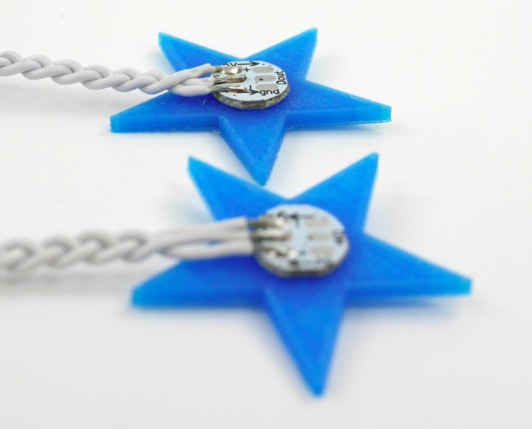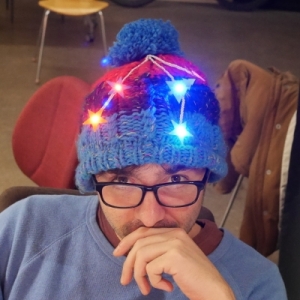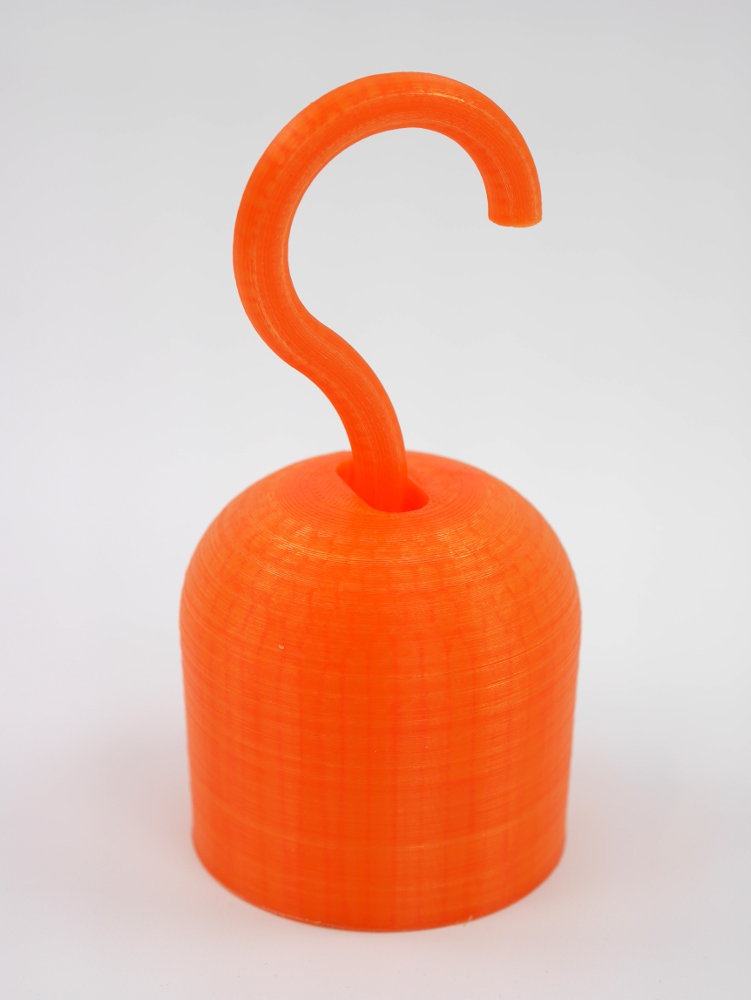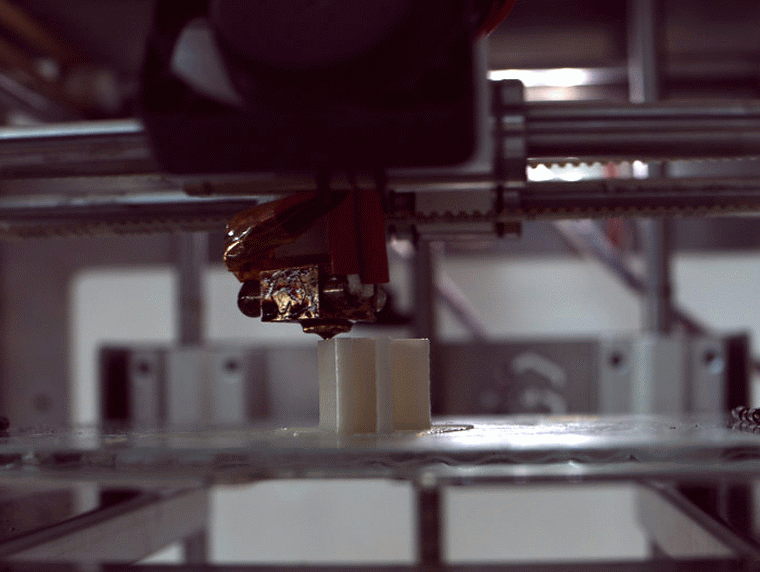
When you become a happy owner of a Materia 101 3d printer, the first days are really important to start experimenting with the right attitude. Understanding quickly how to get what you want from it means becoming aware of the potential applications of the 3d printing technology in your environment.
Last week we published the tutorial on “Getting started with Materia 101″ created by Kristoffer and kicking off a series of step-by-step guides to explore different topics, softwares and settings for your 3d printer.
Take a look at the second tutorial focused on fixing things at home: “Making something useful” tutorial shows you how to start from a need, to design and print a solution. It feels great to be able to fix what’s broken!
Interested in getting in touch and showing your experiments? Join Kristoffer on the Arduino forum and give us your feedback.
Next week we are going to post a tutorial on how to create 3d-printed cases for Arduino boards. Stay tuned.
Hashtag: #Materia101
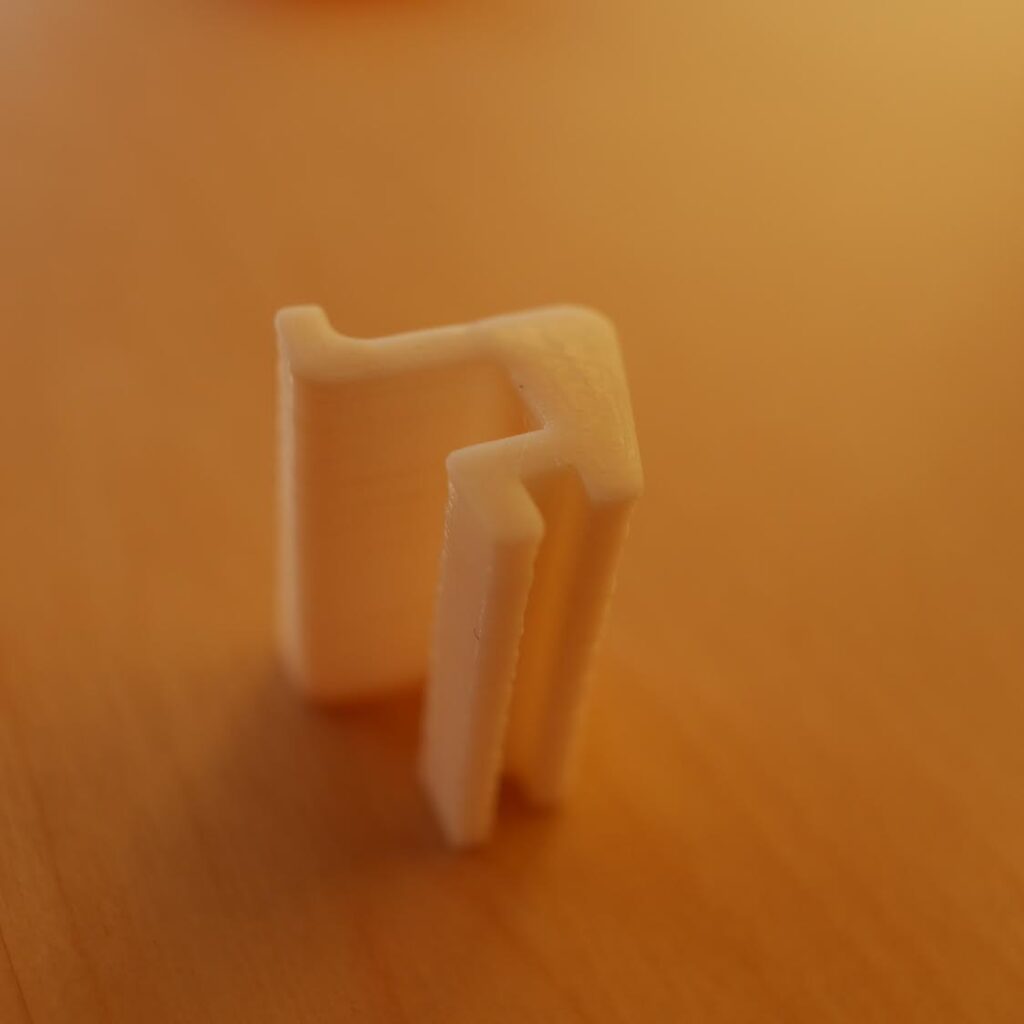
 If you’re familiar with Super Mario Brothers, you’re certainly familiar with this character, the fire-breathing Piranha Plant. If you would like to have a replica of one in real life, you can build your own following instructions found here. The plant, which could probably double as a prop for Little […]
If you’re familiar with Super Mario Brothers, you’re certainly familiar with this character, the fire-breathing Piranha Plant. If you would like to have a replica of one in real life, you can build your own following instructions found here. The plant, which could probably double as a prop for Little […]

